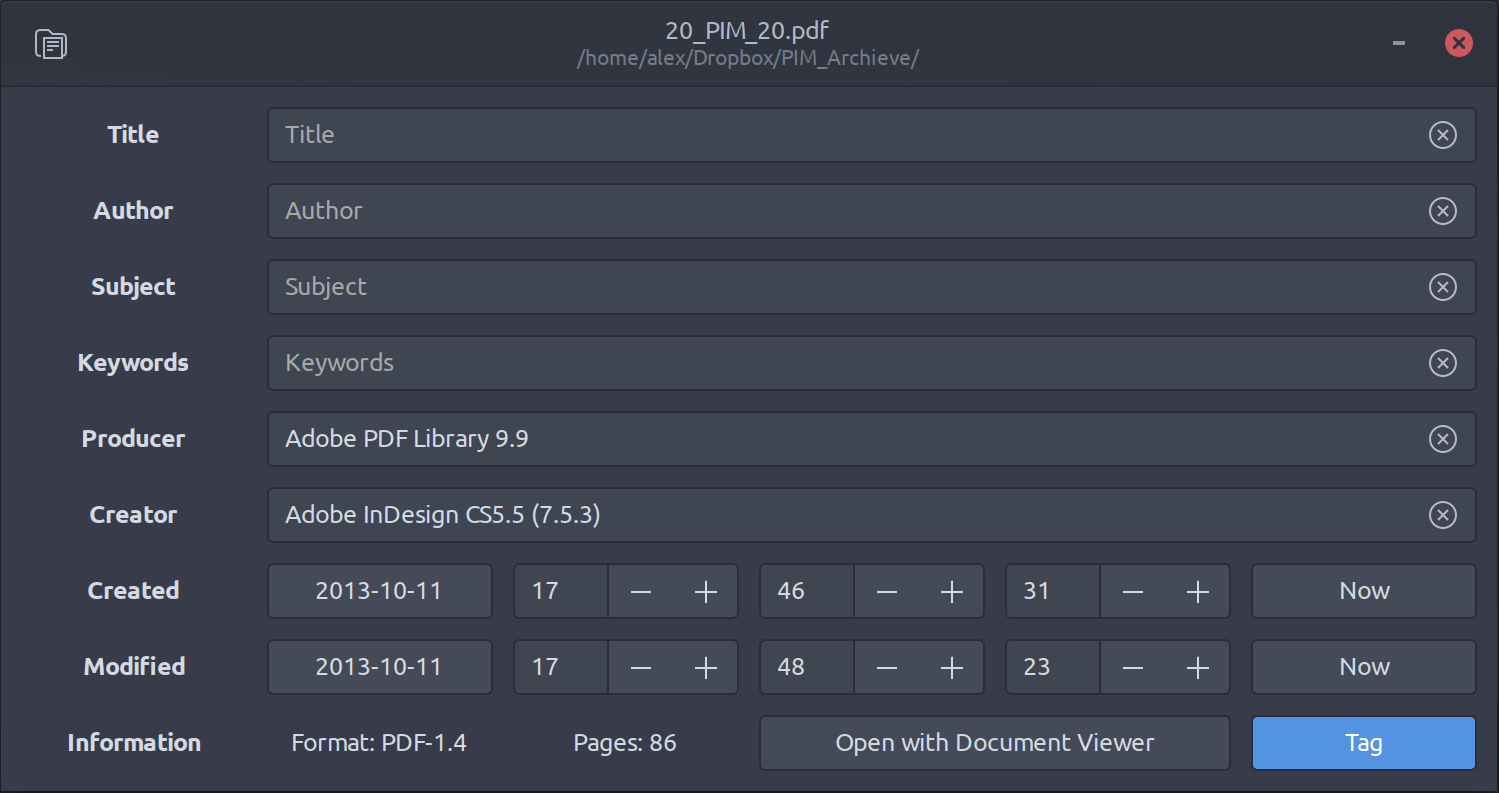Using non-free tools for the good of FOSS
While I do owe you quite a few weeklies by now, I’m using this Friday afternoon as an opportunity to talk about something important.
A couple of months apart, there were two cases where FOSS or FOSS-related organizations used non-free software to produce content.
The first case was people using non-free graphic design tools to make some of the graphics for the Libre Graphics Meeting 2019 website.
The second case was GNOME Foundation getting a contributor to do the design of the Foundation’s annual report which ended up being done with Adobe InDesign for Windows (the contributor was supportive of GNOME’s mission).
@gnome Foundation is not Using GNU/Linux or GNOME for creating a report. They are using Windows. Wow Fantastic development in Free software. Here We are using @scribus for these things. pic.twitter.com/PUBeudBLRG
— ranjith siji (@ranjithsiji) June 30, 2019
In both cases, people were pretty much using non-free software to help the free software cause.
This hits home a bit, because I’ve been using Sublime Text as one of my main production tools for the past 8 years or so and wondering at times if I’m a hypocritical asshole.
The LGM/GNOME situations are, in fact, quite a bit similar to the one we had a few years back when Andrew Price said he looks at a ton of artwork produced with DCC (digital content creation) tools other than Blender, because he feels he can learn a lot from a wider community of artists.
So, here’s my point: the important part is how we treat the opportunity to use proprietary tools or talk to people who do so (in fact, starting with whether we think it’s an opportunity at all).
We can get people to use non-free tools to make a contribution to free tools to get them started, then see if they can do the same with free tools, and proceed from that.
We can get people to use free software and then tell us where they think it fails and why, then figure out the next step. A bug can be fixed. A missing feature might just click into the place, but sometimes it’s just architecturally alien and can’t be done without doing a ton of rewrites (and then the rewrites may or may not be justified).
We can try to adapt proprietary techniques to free software and learn something new in the process or, at least, make useful bug reports.
We can look at art/music produced with Photoshop, Houdini, ZBrush, Logic, ProTools etc. (we do it anyway every time we go to watch a movie), get triggered by something we see or hear and then have new ideas for entirely different things we can try to accomplish using free software.
In other words, all the information we get through our five senses is part of a learning process. We can use it to do better things. You don’t have to agree with that though!
Past me, ca. 27 years ago: "What's this Emacs thing?" <pokes around> "ZOMG yes. Invest now -- will pay off for rest of life!"
— Karl Fogel (@kfogel@kfogel.org) (@kfogel) July 3, 2019
Past me, ca. 15 years ago: "What's this Facebook thing?" <pokes around> "Whoa, no thanks. I'm outta here."
Present me: "Thanks, past me! Good calls!"
So while we can cherish the idea of free/libre software and be as strict as RMS (is it even possible?), at the end of the day the point is to grow as artists, whether professionally or not, and have fun when possible.
My takeaway from the LGM/GNOME story is: be flexible, allow some blasphemous and ungodly things to happen for better GNU things to come, and never stop learning.
Meanwhile, one of the positive outcomes from the latest controversy is that the pdftag project by Adrià Arrufat got some attention. It’s a nice little app written in Vala and GTK that does just one thing: the editing of basic metadata fields in PDF files.

Use it wisely! :)
Patreon subscribers get early access to my posts. If you are feeling generous, you can also make a one-time donation on BuyMeACoffee.
